To help us provide you with free impartial advice, we may earn a commission if you buy through links on our site. Learn more
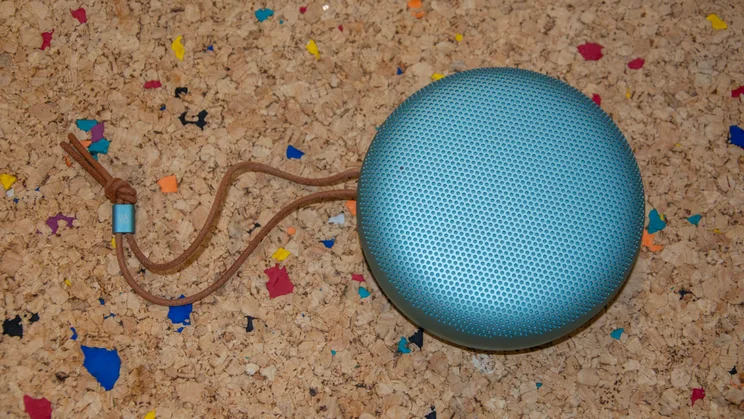
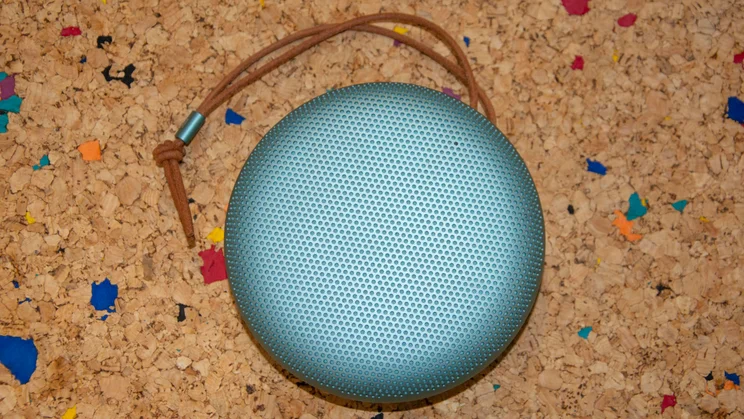
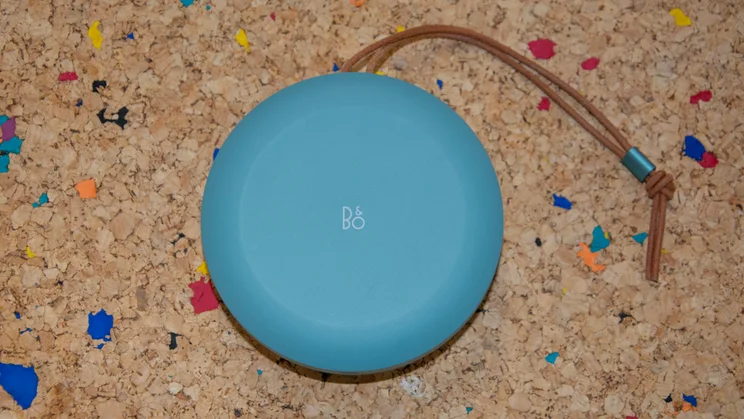
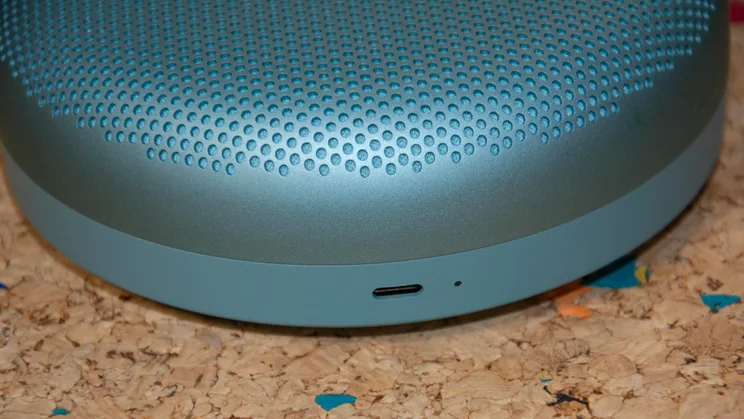
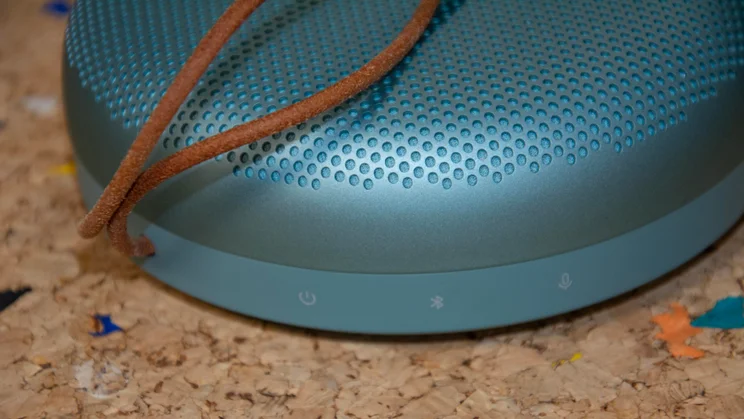
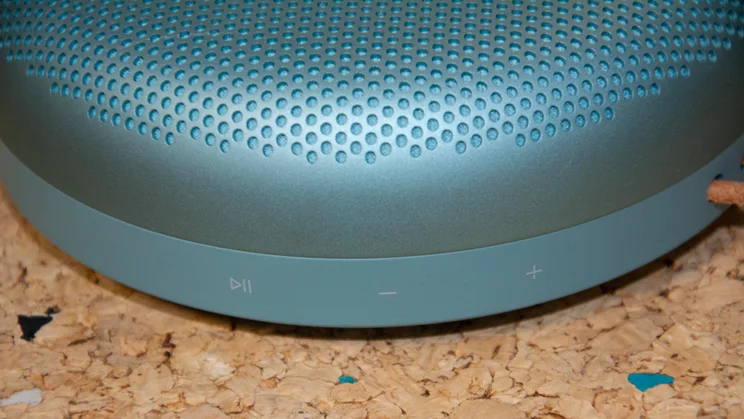
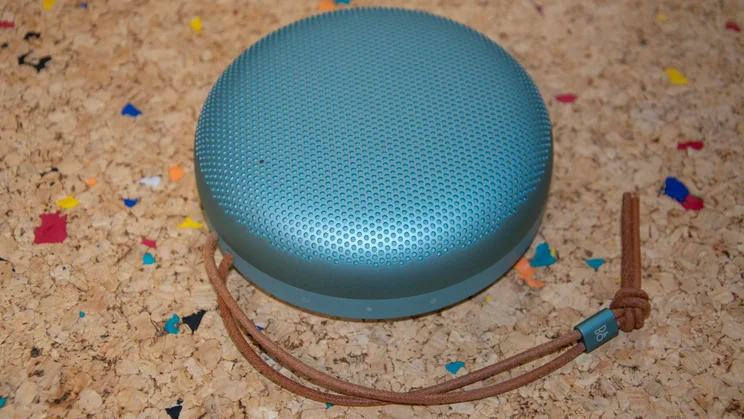

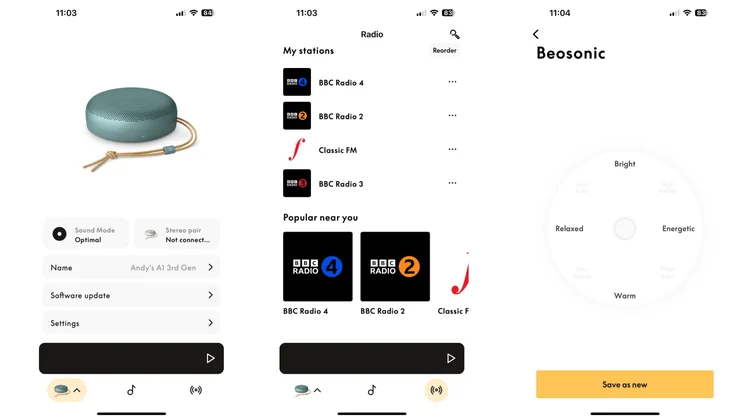
- Refined and detailed sound
- Super-stylish design
- Waterproof and portable
- Lacks raw power
- Alexa has been ditched
- Pricey
Bang & Olufsen makes nice things. Nice, very expensive things. A combination of beautiful Scandi design and high-end audio quality makes its products extremely desirable, but the majority of them are beyond the budget of your average consumer.
The Beosound A1 3rd Gen Bluetooth speaker is one of its most affordable products and the long-awaited follow-up to the five-star Beosound A1 2nd Gen that I reviewed five years ago. It’s as stylish as ever, and a joy to listen to, but does it have what it takes to stand out in a highly competitive market that’s come a long way since 2020? Read on to find out.
What do you get for the money?
Like its predecessor, the Beosound A1 3rd Gen is a distinctive disc shape that immediately separates it from the more traditional tubular form many portable speakers take. It’s also differentiated by its price tag: you’ll have to pay £299 for the privilege of owning it in Natural Aluminium, Warm Granite, Honey Tone or Eucalyptus Green, which is significantly more than most size- and power-comparable models.
Measuring 133 x 133 x 46mm (WDH) and weighing 576g, it’s a speaker that can be easily stowed away in a bag or carried around via the integrated leather strap. Its rounded, pill-shaped body, which has an IP67 rating (certifying it dust-tight and water resistant), comprises two fused halves: a speaker grille fashioned from “pearl-blasted” anodised aluminium and a base made from a hard-wearing polymer.









Housed underneath the grille are a 0.6in tweeter and a 3.25in woofer powered by separate 30W Class D amplifiers. B&O states the speaker’s frequency range at 54Hz to 20,000Hz and says the A1’s output is best enjoyed in rooms between 5 and 30m2.
Connectivity comes courtesy of Bluetooth 5.1, which is a little behind the times, but multipoint pairing with two devices is supported, as is the aptX Adaptive Bluetooth codec in addition to AAC.









Six depressible buttons on the lower half of the A1 cover power, pairing, audio playback, volume adjustment and microphone muting, but unlike the A1 2nd Gen, this model doesn’t have Alexa built in, so Amazon’s voice assistant won’t be listening to your every word. Opposite those controls, you’ll find a USB-C port for charging the speaker; it takes roughly three hours to top up the internal battery, which delivers around 24 hours of moderate volume listening.
The Beosound A1 3rd Gen is compatible with the Bang & Olufsen app, which has streaming service Tidal and an internet radio player baked in and offers some basic audio customisation options. There are five presets (Ambient, Party, Speech, Favourite and Optimal), along with options to create your own sound profile and stereo pair two A1s. Handily, the 3rd Gen model can be connected to a 2nd Gen partner. There’s no Auracast support, however, which means you can’t hook it up to other Bluetooth speakers that carry the feature.
What does it do well?
The A1 3rd Gen is a prime example of premium craftsmanship; you’re definitely getting your money’s worth in the build quality department. The design may look simplistic, but it’s executed superbly and very easy on the eye, with the grille and base seamlessly forming a sophisticated two-tone unit.
That unit is sturdy and well-protected from the elements, too. Its IP67 rating means it’ll withstand immersion in shallow water and is completely safe from the ingress of small particles. This may not be quite as good as the IP68-rated JBL Flip 7, but, in most scenarios, the A1 3rd Gen has got you covered. That said, I’d be a little cautious about dropping it. Compared to more rugged options like the aforementioned Flip, I don’t fancy the A1’s chances of coming away from a fall from a couple of metres unscathed.









Bang & Olufsen’s pricey portable is also several levels above your average Bluetooth speaker in terms of audio refinement. It’s particularly adept at articulating mid-range frequencies, making it a great choice if you primarily listen to vocal-heavy tracks. There was a wonderful definition to each of the All Saints on Pure Shores and a silky smoothness to the vocals on The Stone Roses’ Going Down. At no point do things get too sharp or unruly; even when Belinda Carlisle was belting out the chorus of Heaven Is a Place on Earth, the A1 held things together admirably.
B&O describes the A1’s sound as “360-degree”, and I was impressed by the consistency of how it sounded, regardless of where I was in relation to it. The way it projects sound from its circular grille disperses audio effectively in all directions, meaning it’s ideal for popping in the middle of a table at a small gathering. The soundstage is pleasingly open, too. Instruments were given plenty of space to shine on Live Forever by Oasis without being run roughshod over by Liam Gallagher.









Low frequencies are dealt with sensibly on the whole, too. An improved bass response is one of the big stated upgrades between the 2nd and 3rd Gen models, and I really noticed the extra oomph on Aphrodite’s Bad Ass! and King of the Beats.
AptX Adaptive support is the icing on the audio cake. This remains relatively rare in the Bluetooth speaker world, and is a big boon for those with compatible source devices.
What could be improved?
The A1 3rd Gen doesn’t delve as deep or as ferociously into the lower reaches of bass frequencies as some Bluetooth speakers, but that strikes me as a very deliberate decision on Bang & Olufsen’s part. I have no doubt some of its wealthy patrons like to get down to some filthy beats every once in a while, but its target audience is going to appreciate the more mature, polished presentation here. If you’re looking for something more bombastic, there are plenty of options out there catering to your needs.
The same goes for raw audio output. The A1 3rd Gen had the muscle to fill my bedroom with sound, but was beaten in the volume stakes by the Flip 7, which blasts out a ridiculous level of noise for a speaker of its size and is a third of the price. I’d have liked just a little bit more from the A1 in this regard, but, as my neighbours can attest to, I often push my speakers to irresponsible extremes trying to recreate a rave in the comfort of my own home.









One other thing to note on the sonic front is that the speaker housing vibrates quite a bit when dealing with potent low frequencies. This is a consequence of the A1’s flat profile and a tradeoff that I consider worth making on balance.
Although the A1 3rd Gen can be used as a speakerphone (and fulfils this role successfully), it doesn’t have the Alexa support of the previous model. I’m not a massive voice assistant user, so this isn’t the end of the world for me, but the additional smart functionality of the second-generation A1 did set it apart from other Bluetooth speakers at the time.









To see B&O remove a useful feature while upping the price (though this was inevitable after five years) is a little galling, but I assume it was a decision made based on user engagement, similar to Bowers & Wilkins’ choice to drop Alexa from the B&W Zeppelin Pro.
I think B&O has also missed a trick by not making the A1 Auracast compatible. This new Bluetooth ecosystem is yet to truly take off, but it’s a great way of futureproofing speakers to ensure they can connect to other Auracast devices and deliver synchronised audio on a grander scale.
Should you buy the Bang & Olufsen A1 3rd Gen?
If you’ve got cash and want a speaker that sounds as elegant as it looks, the Bang & Olufsen A1 3rd Gen is a premium purchase that won’t disappoint. If money were no object, I’d take it over any other speaker of its size.
But that’s not the world we live in, and most people will be better off settling for something a little less suave and saving themselves a whole lot of money in the process. I’d recommend the A1 to those willing to pay a premium price for top-notch aesthetics and performance, but that recommendation only extends to a select group of portable speaker purchasers.







